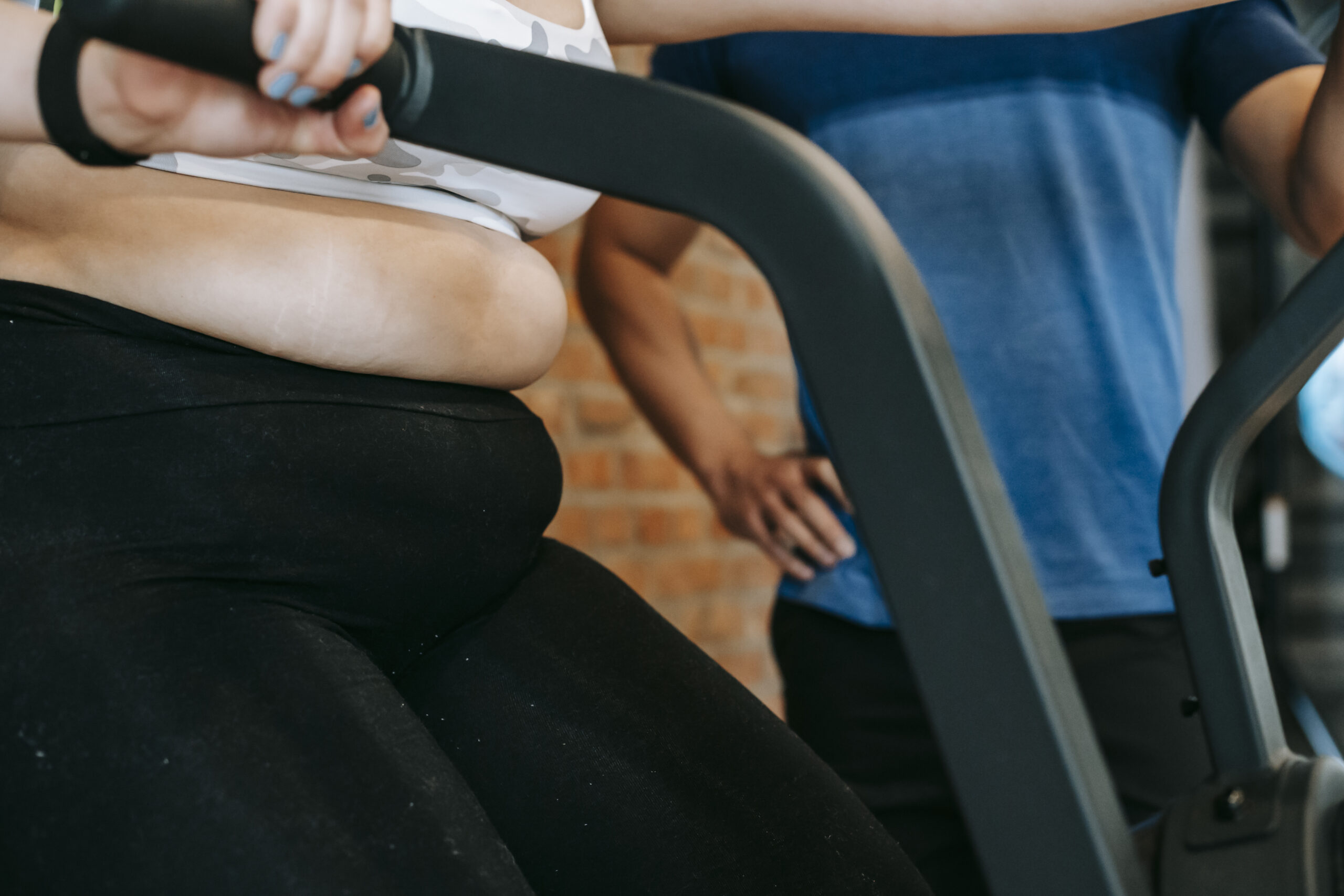How often should I do HIIT workouts?
Title: Finding the Perfect Balance: How Often Should You Incorporate HIIT Workouts?
Introduction:High-Intensity Interval Training (HIIT) has gained immense popularity in recent years, thanks to its efficiency and effectiveness in achieving fitness goals. However, when it comes to incorporating HIIT workouts into your routine, finding the right balance is crucial. In this blog, we will explore the factors that determine how often you should do HIIT workouts to maximize their benefits while also considering your individual fitness level and overall well-being.
Understanding HIIT:Before diving into the frequency of HIIT workouts, let’s briefly discuss what HIIT actually entails. HIIT involves short bursts of intense exercises followed by brief recovery periods. This type of training alternates between high-intensity efforts and low-intensity recovery or rest periods. The goal is to challenge your cardiovascular system, burn fat, and boost your metabolic rate, all within a shorter time frame compared to traditional steady-state cardio workouts.
Factors to Consider:Several factors come into play when determining the ideal frequency of HIIT workouts. Keep in mind that these suggestions are general guidelines and should be tailored according to your specific needs and capabilities.
Fitness Level:Your current fitness level plays a significant role in determining how frequently you should engage in HIIT workouts. Beginners or individuals who are relatively new to intense exercise may need more time to recover between sessions. Starting with two to three HIIT sessions per week and gradually increasing the frequency as you progress is a sensible approach. On the other hand, seasoned athletes or individuals with a higher fitness level can handle more frequent HIIT workouts, often incorporating them into their weekly fitness routines.
Recovery Time:Recovery is just as important as the workouts themselves. HIIT workouts place a significant demand on your body, and ample recovery time enables your muscles, cardiovascular system, and central nervous system to adapt and become stronger. Make sure to listen to your body and allow it sufficient rest between sessions to avoid overtraining. Aim for at least one full day of rest or moderate-intensity exercise between HIIT sessions. This will help prevent injuries, reduce fatigue, and optimize your performance during your next workout.
Goals:Your specific fitness goals also influence HIIT workout frequency. If your primary objective is fat loss, incorporating HIIT workouts two to four times a week can be highly beneficial due to its potential to boost metabolism and increase calorie burn long after the workout ends. On the other hand, if you’re aiming to improve your cardiovascular fitness or enhance athletic performance, you may choose to include more frequent HIIT sessions tailored to achieving those goals.
Balancing with Other Activities:It’s vital to strike a balance between HIIT workouts and other physical activities. While HIIT is an effective and time-efficient method, it shouldn’t be the only component of your fitness routine. Including other forms of exercise, such as strength training, flexibility exercises, or low-intensity cardio, will ensure a well-rounded approach to your overall fitness. This mix will prevent boredom, reduce the risk of overuse injuries, and promote overall health and well-being.
Conclusion:When it comes to determining how often you should do HIIT workouts, it’s crucial to consider your fitness level, recovery time, goals, and overall routine. Remember that consistency is key, but so is listening to your body. Start with a manageable frequency and gradually increase it as your fitness level improves. Always prioritize rest and recovery to optimize your results while minimizing the risk of overexertion or burnout. By finding the right balance, you’ll be able to reap the numerous benefits of HIIT workouts and move closer towards your fitness goals.




Thanks for sharing. I read many of your blog posts, cool, your blog is very good.